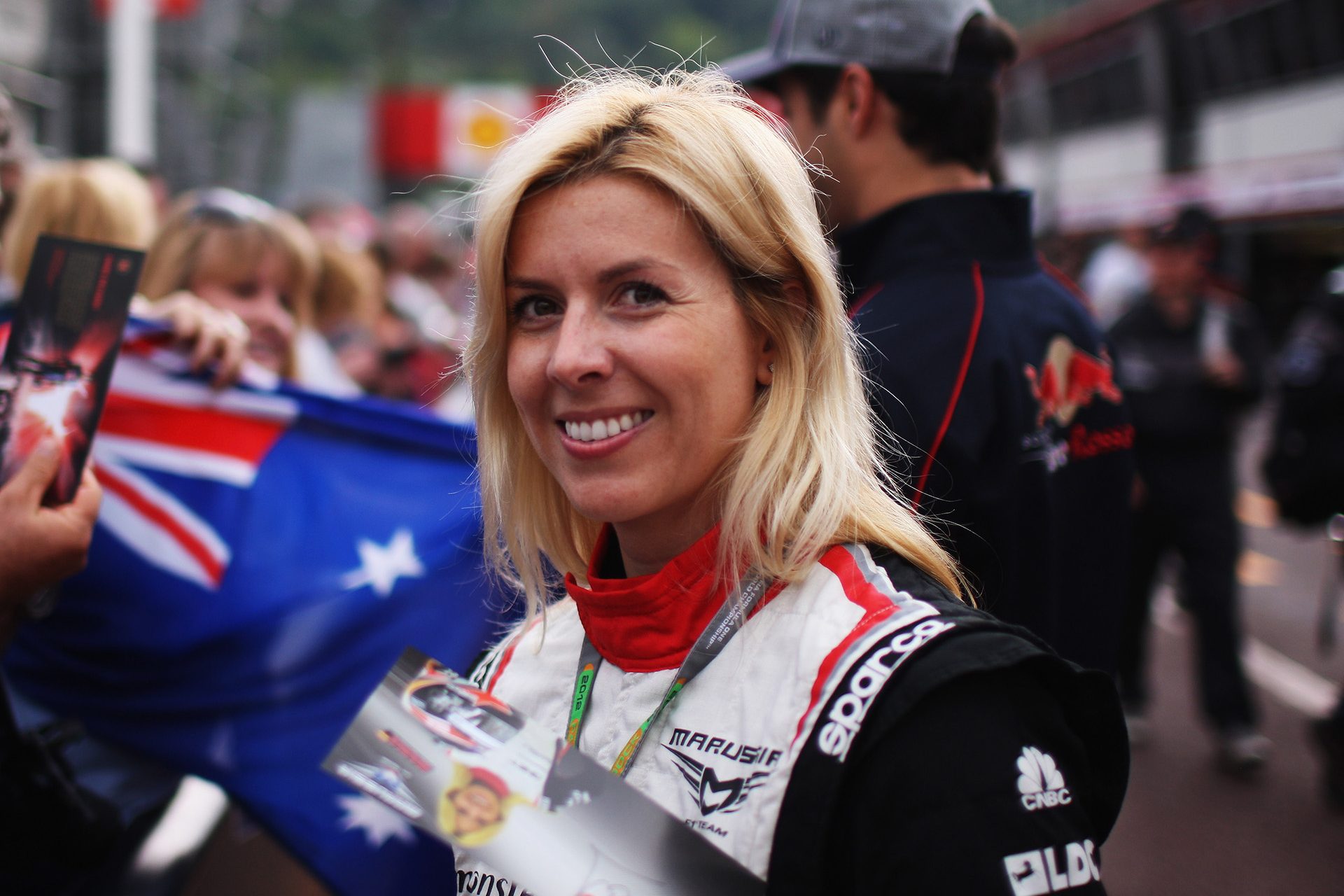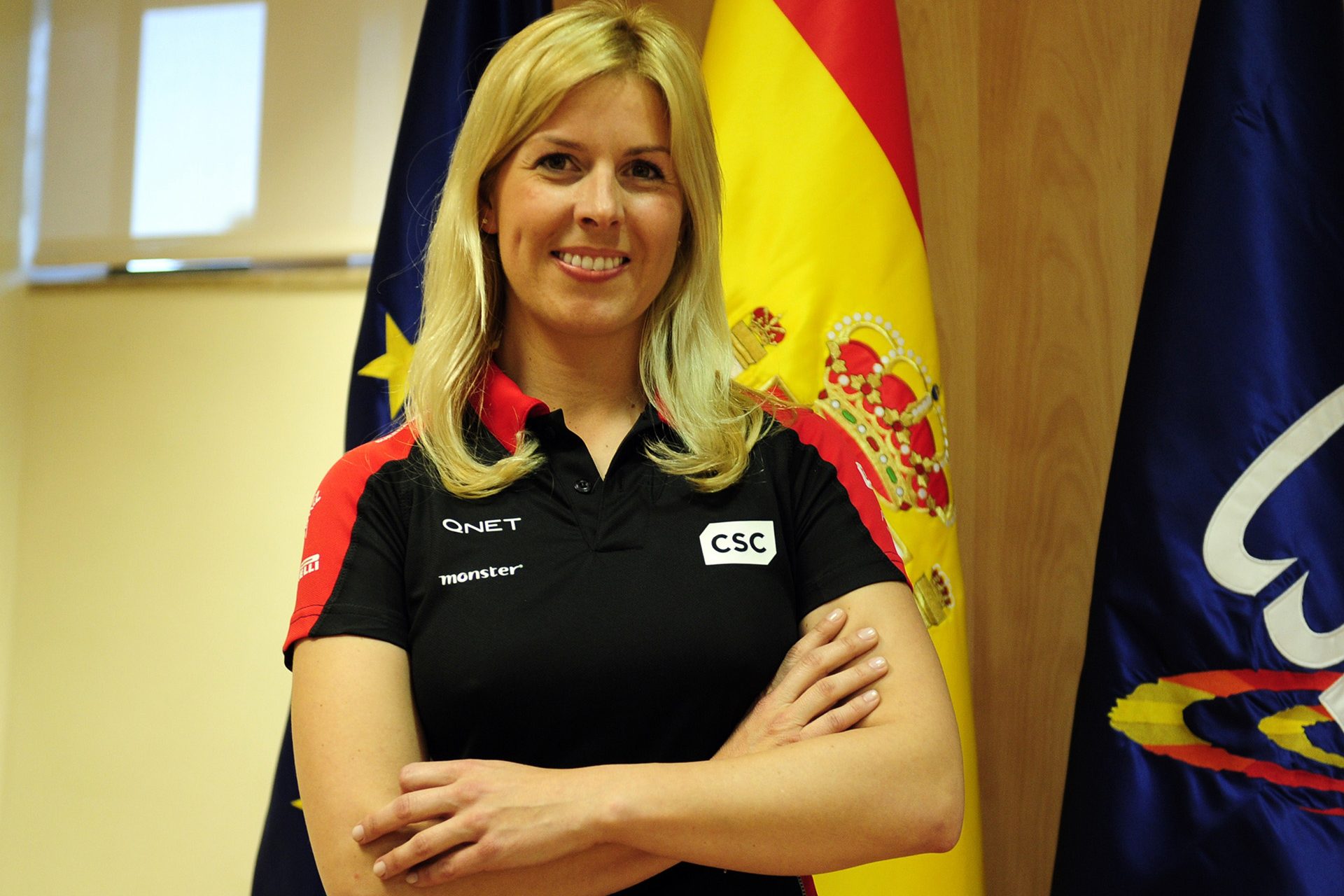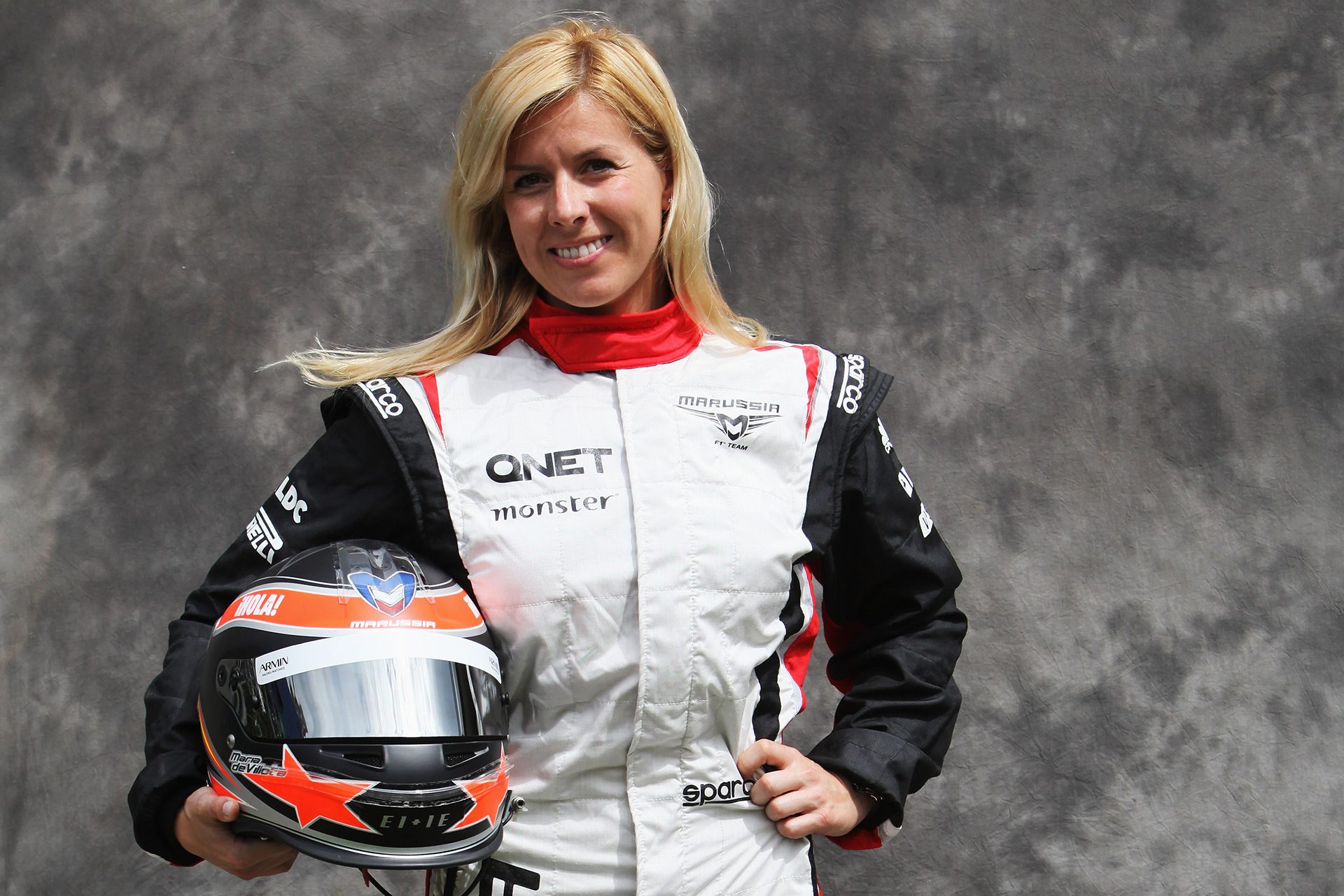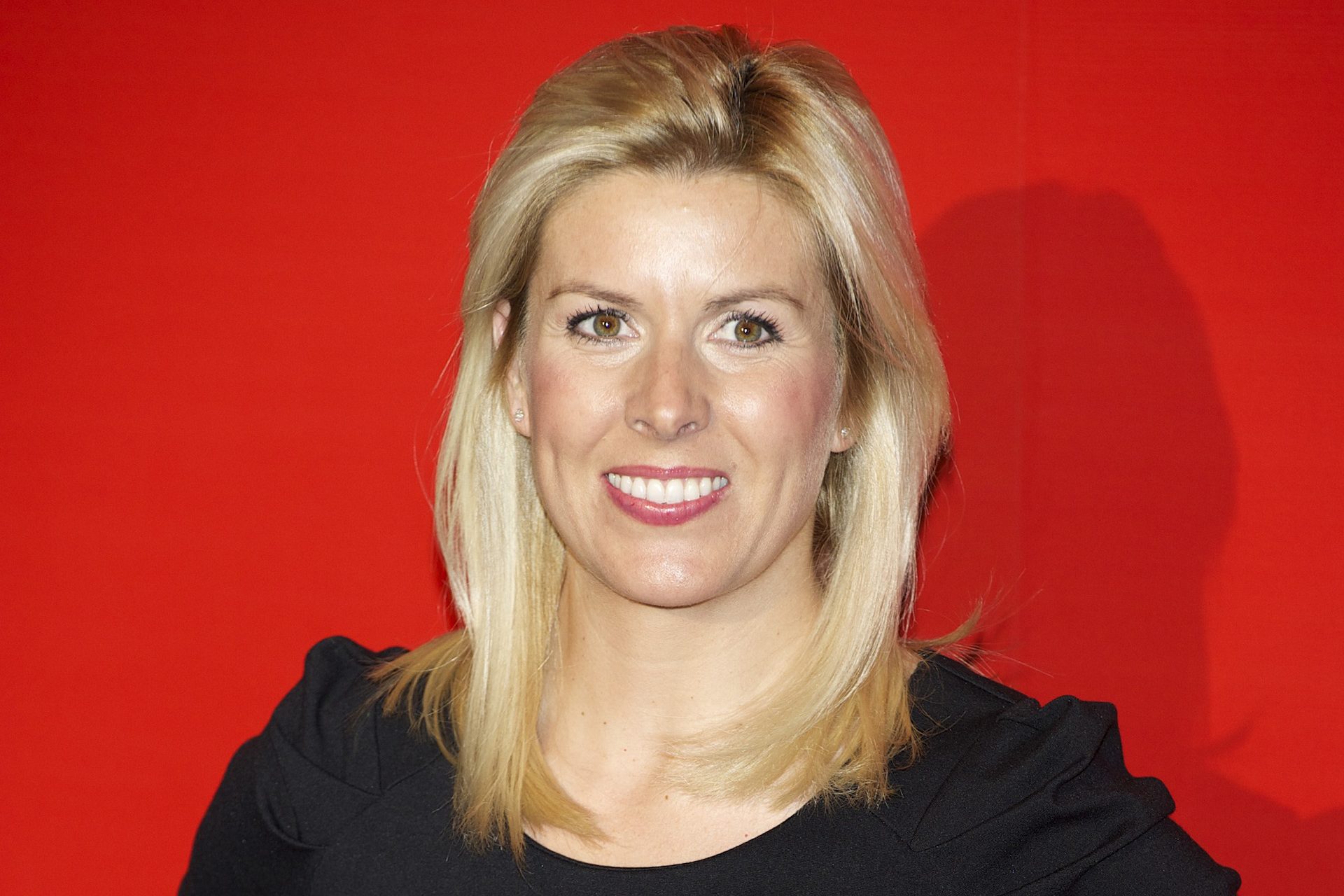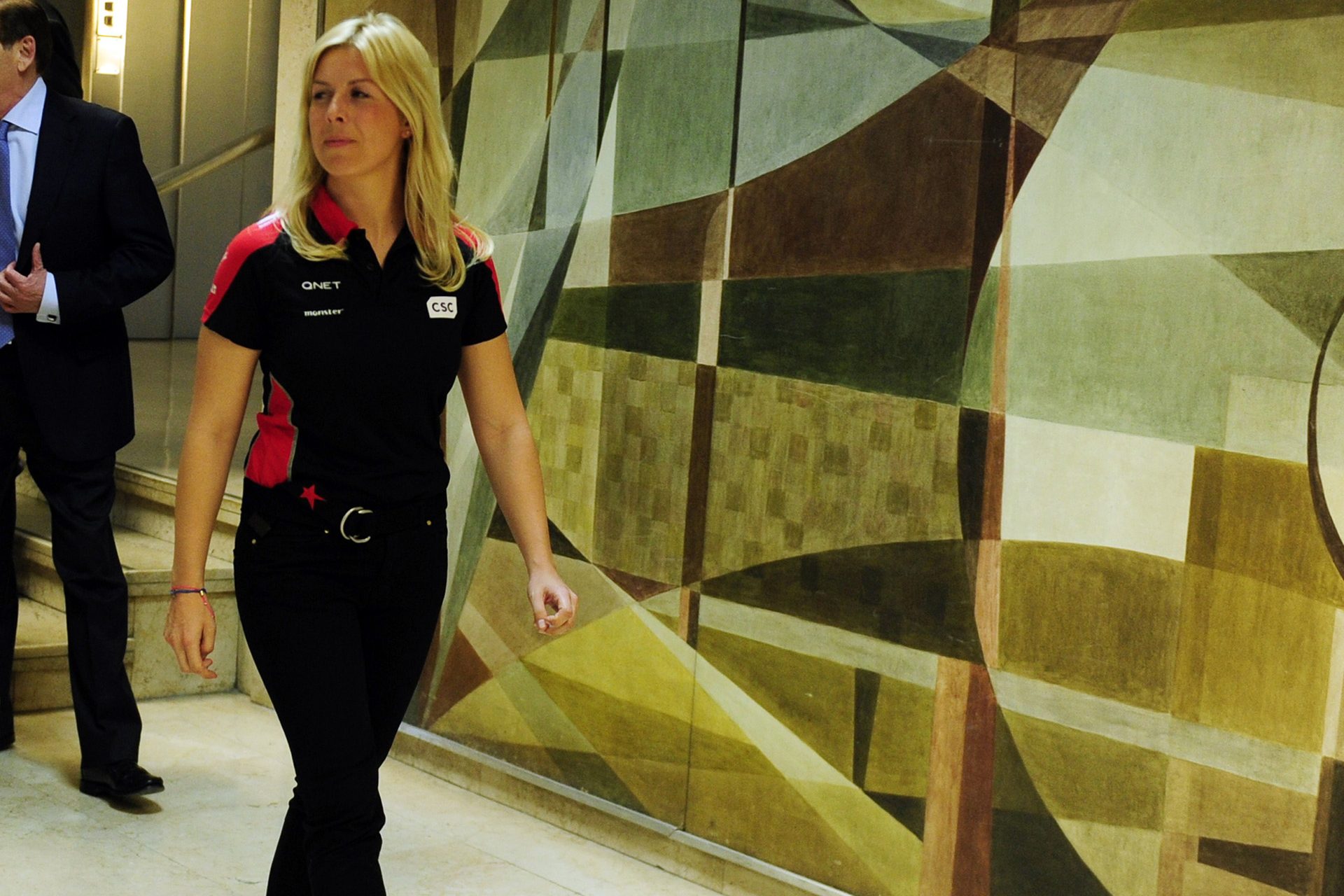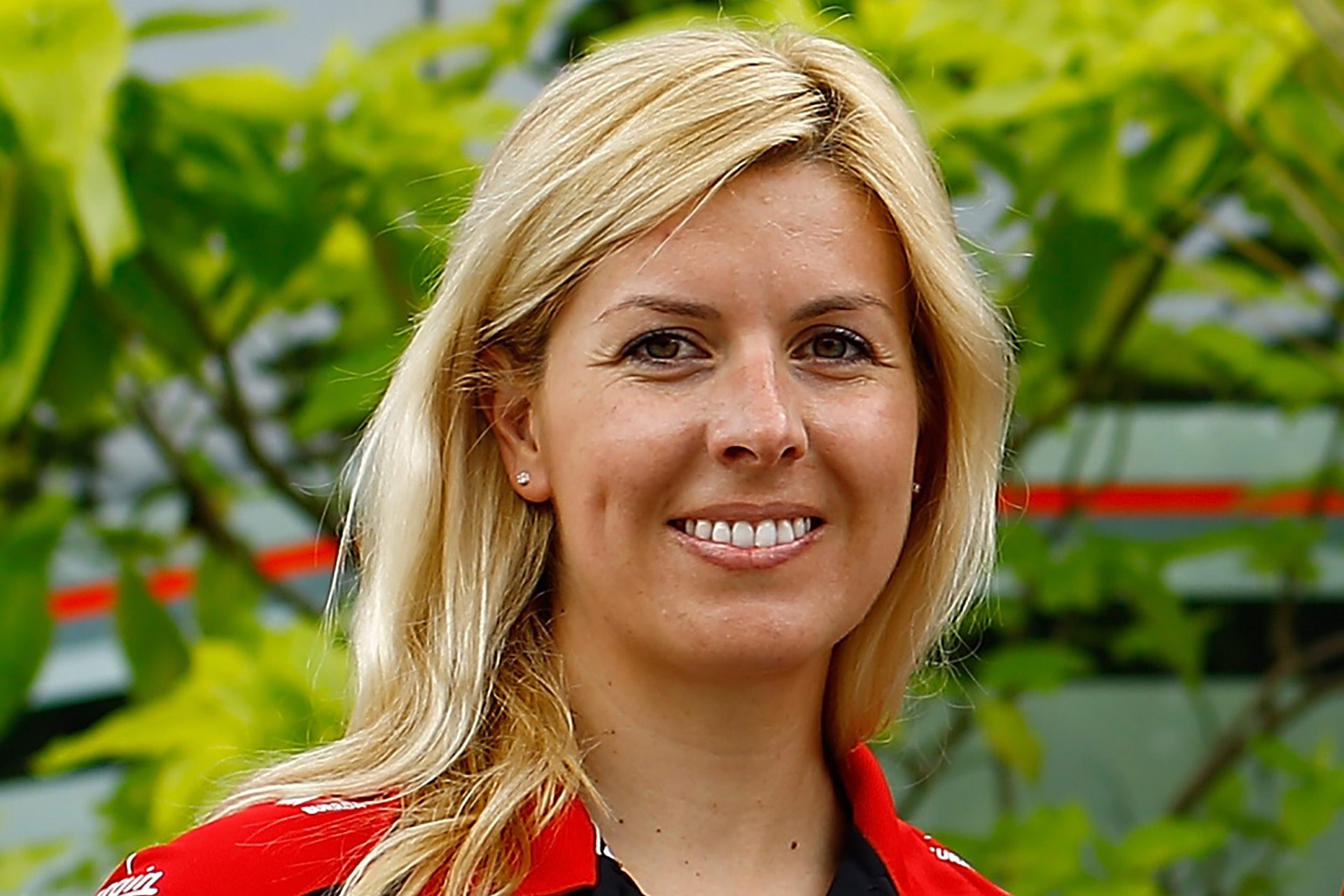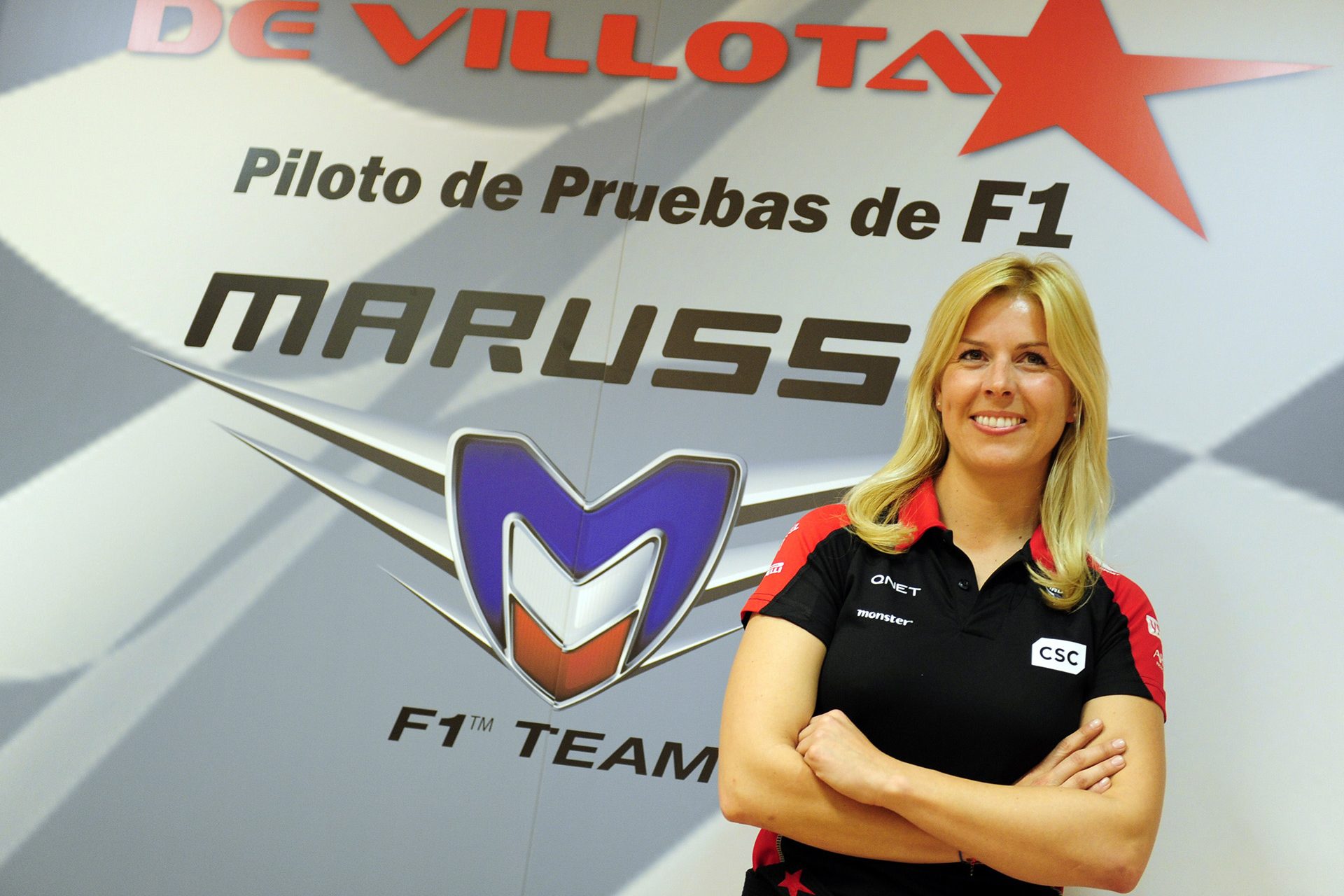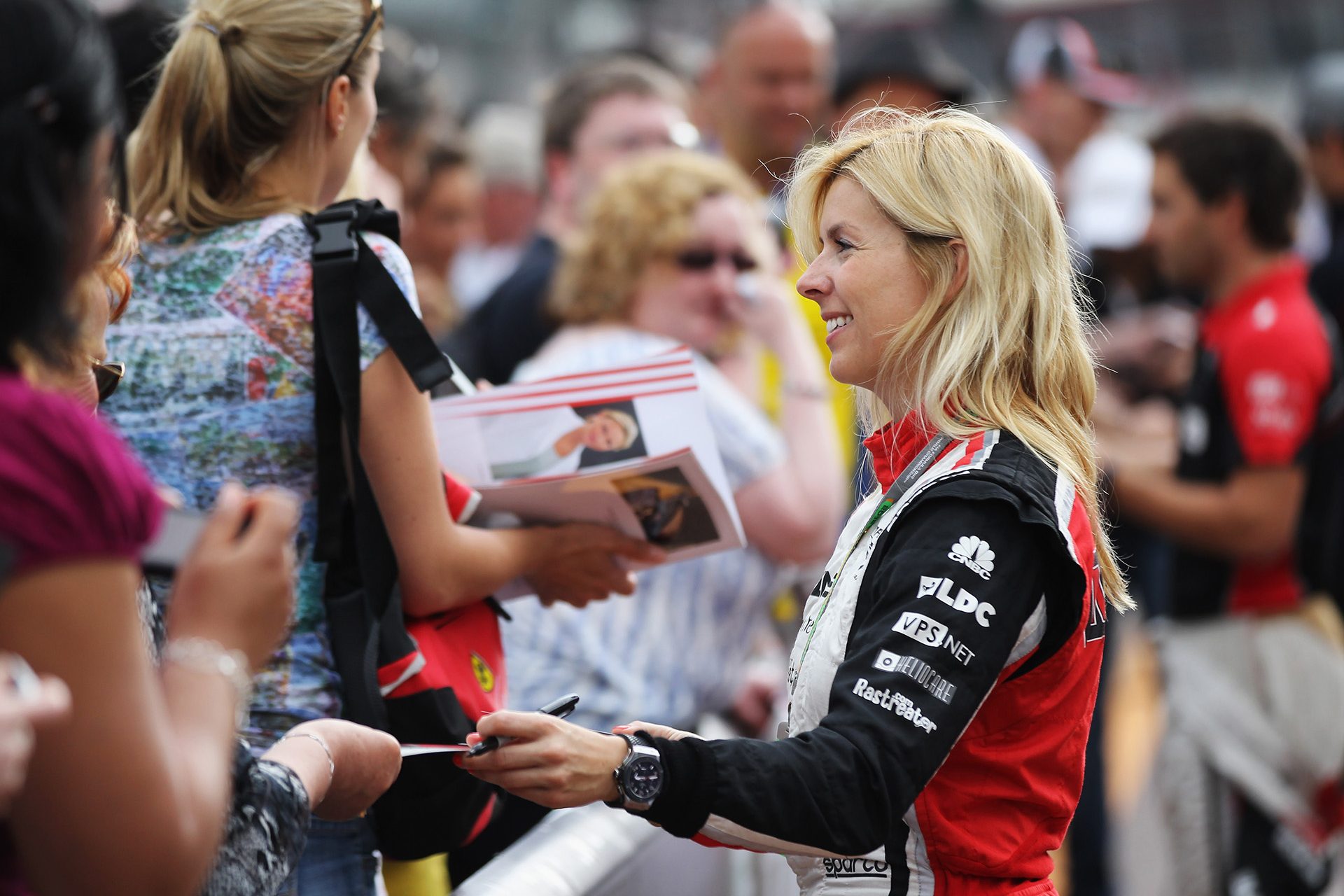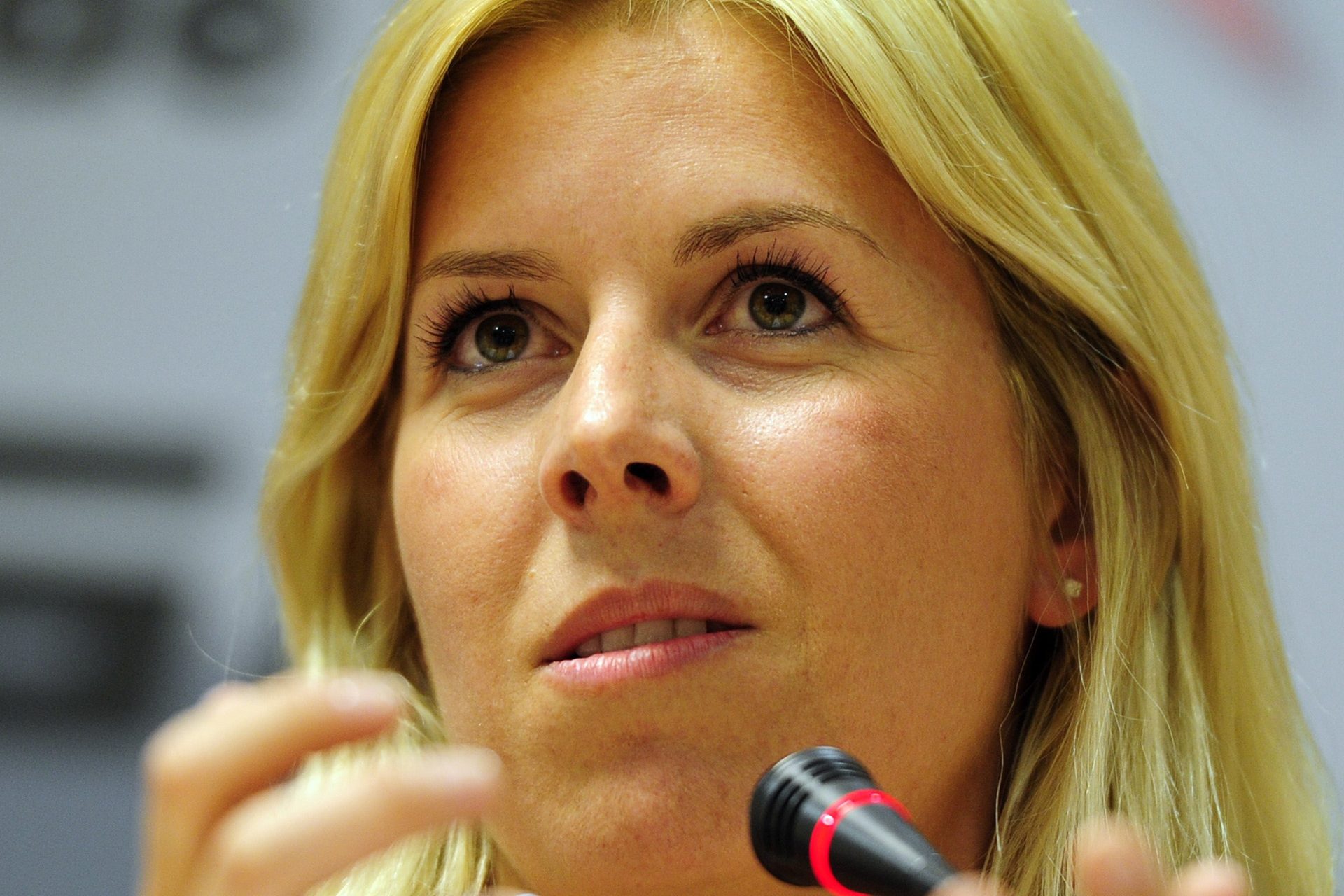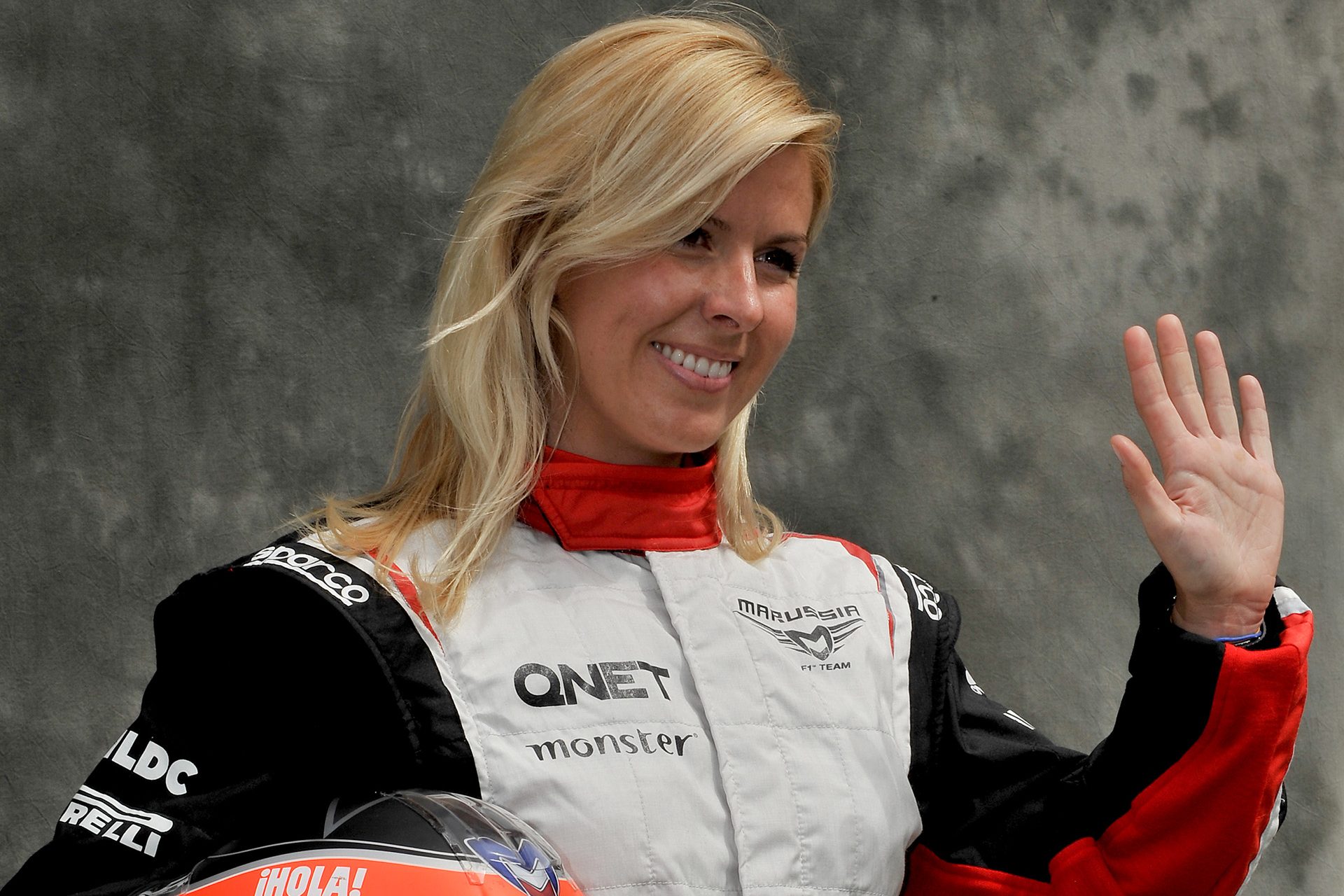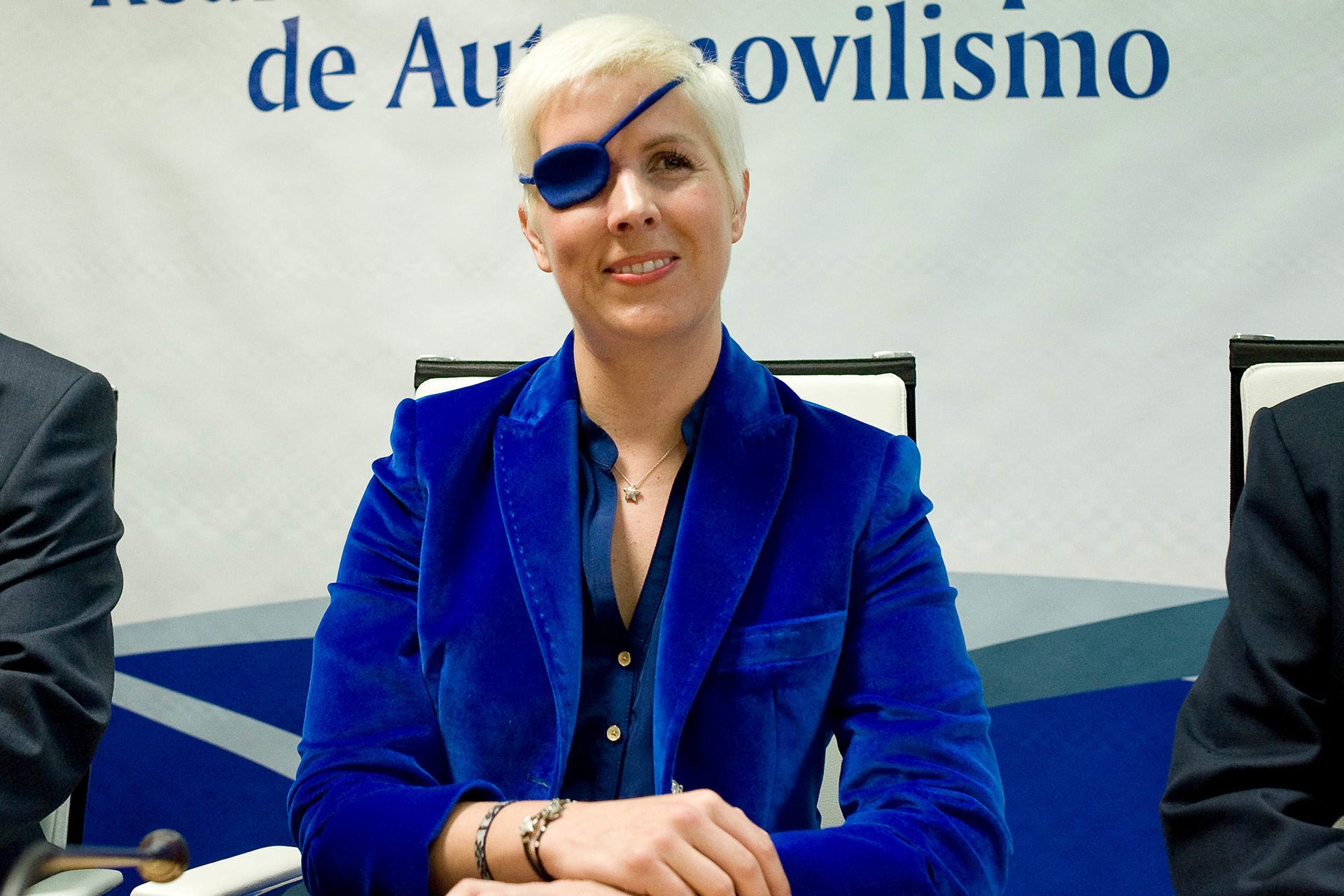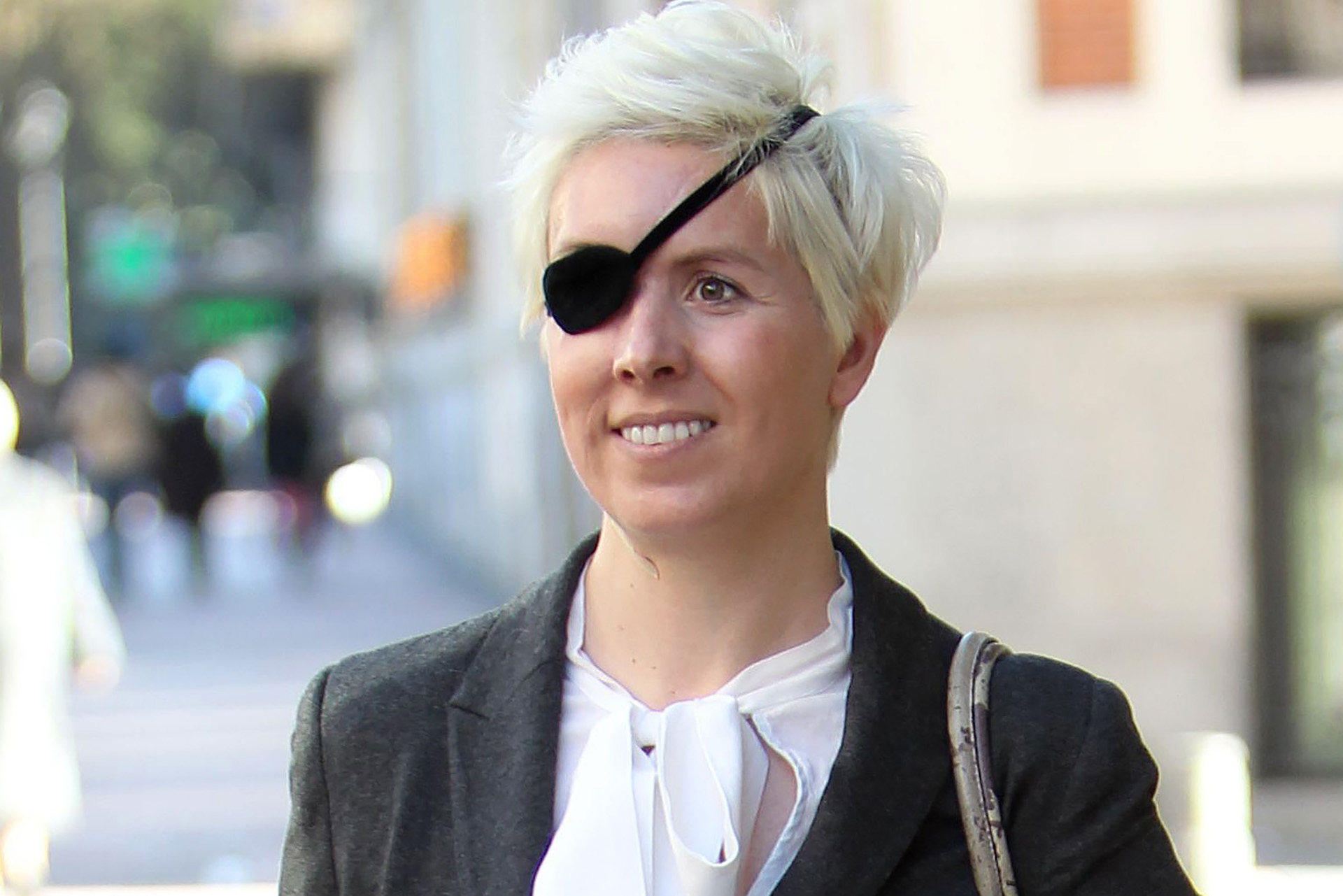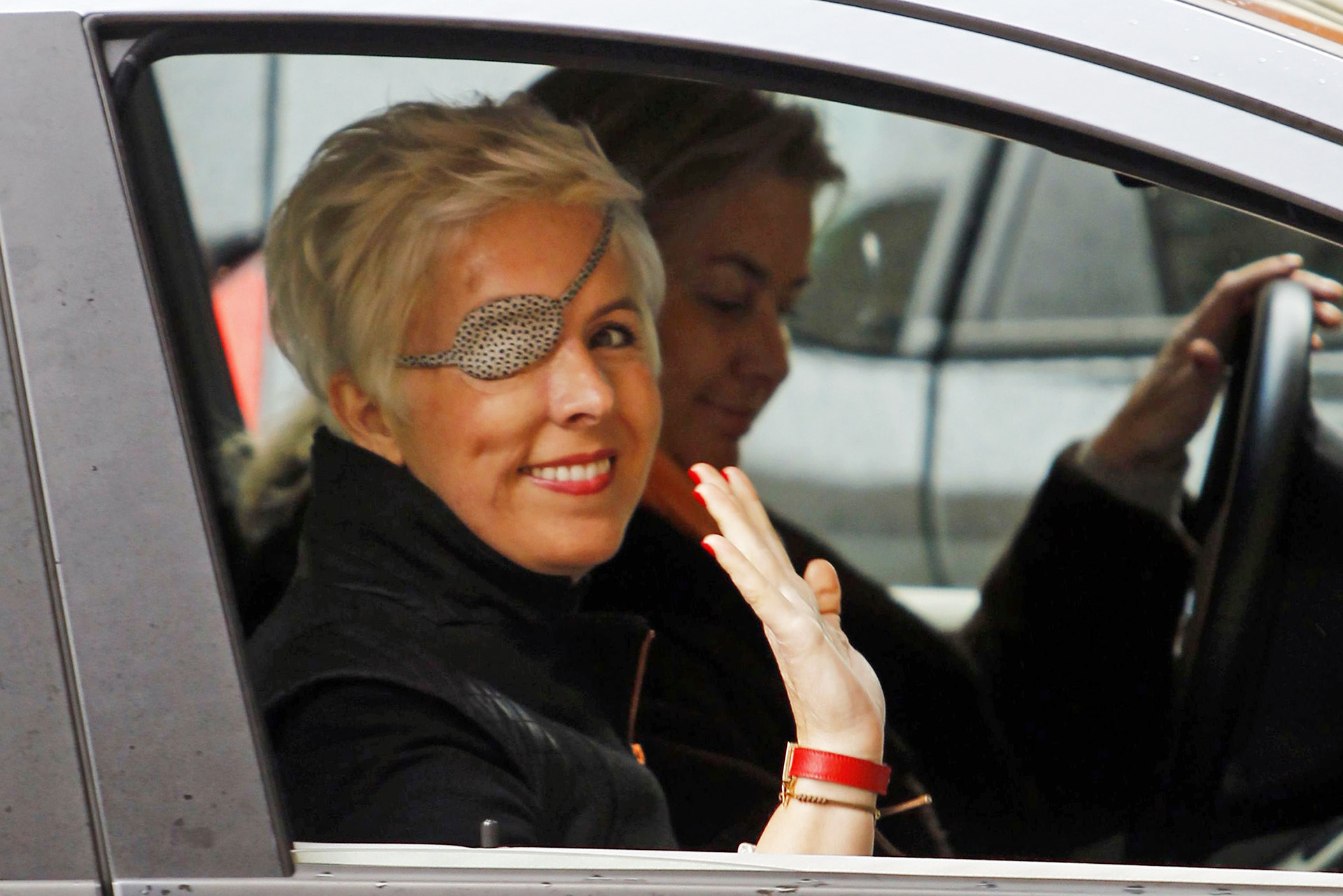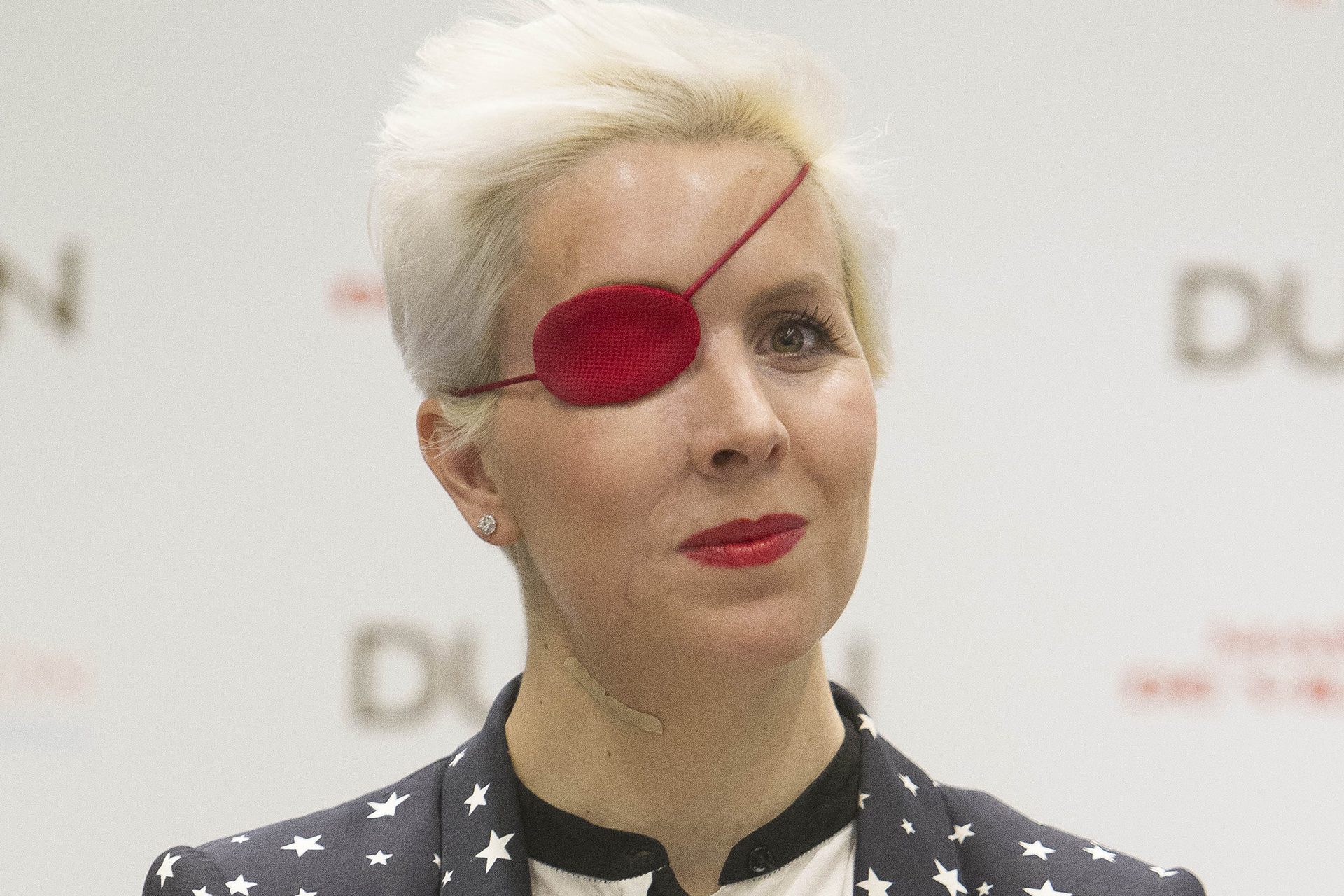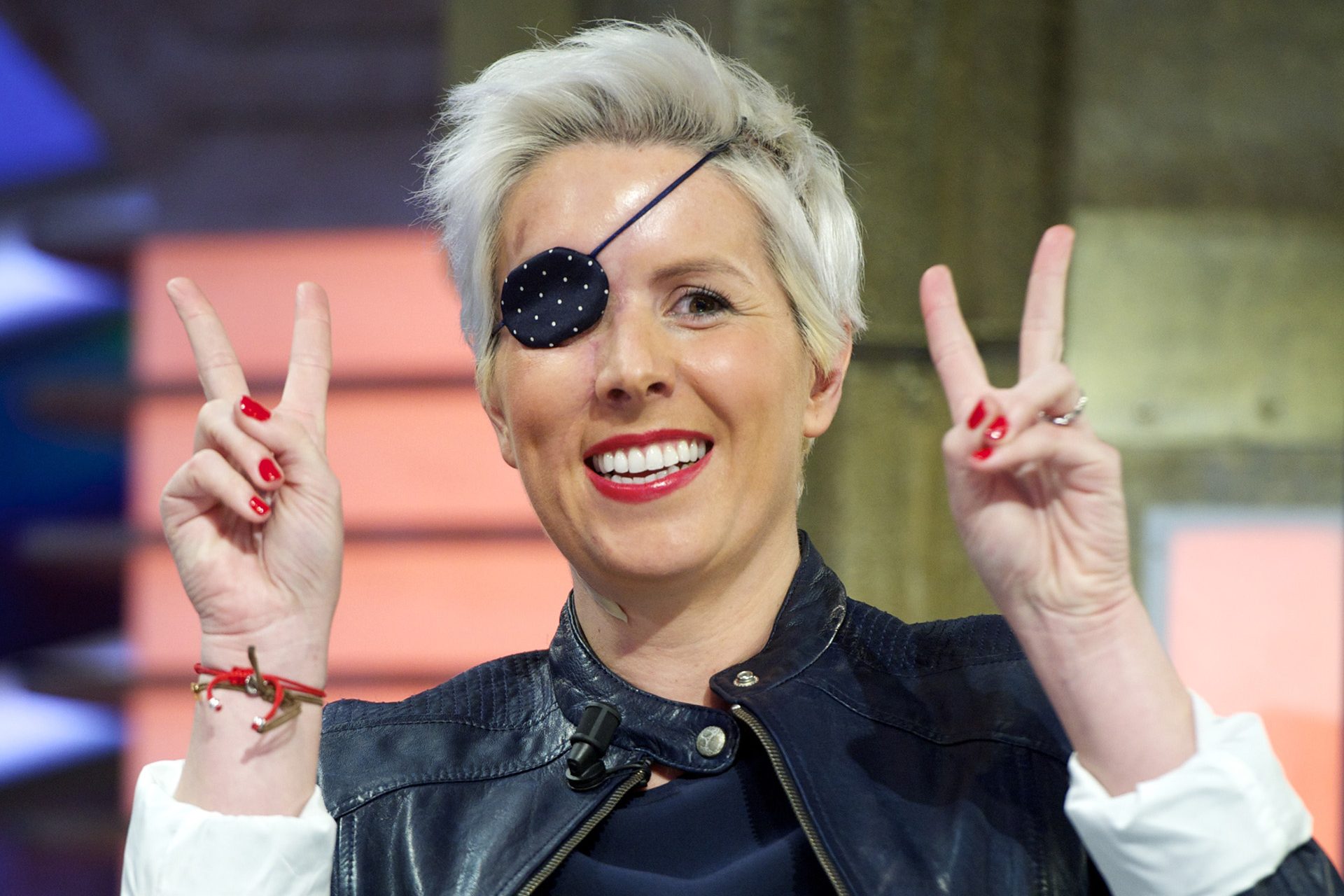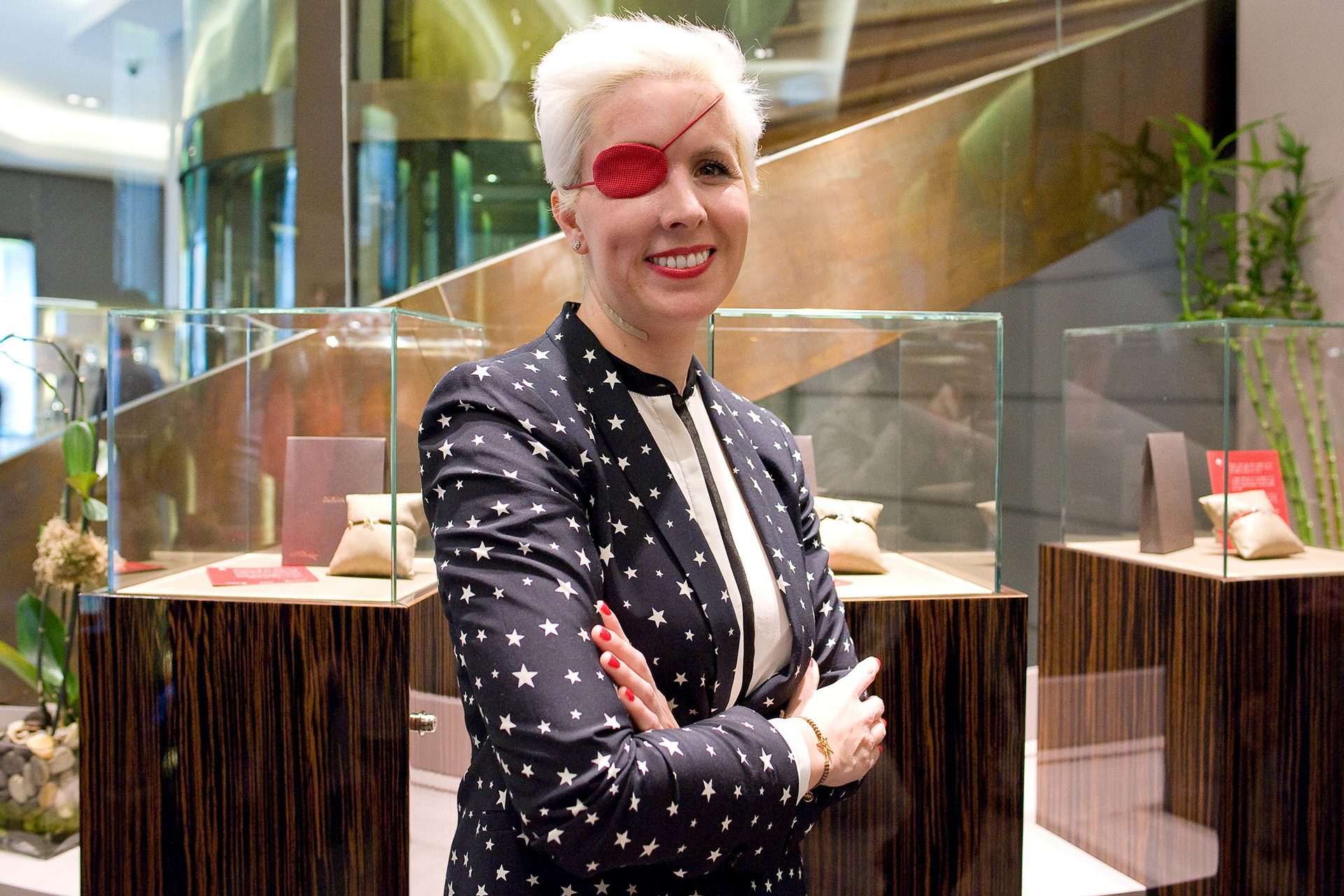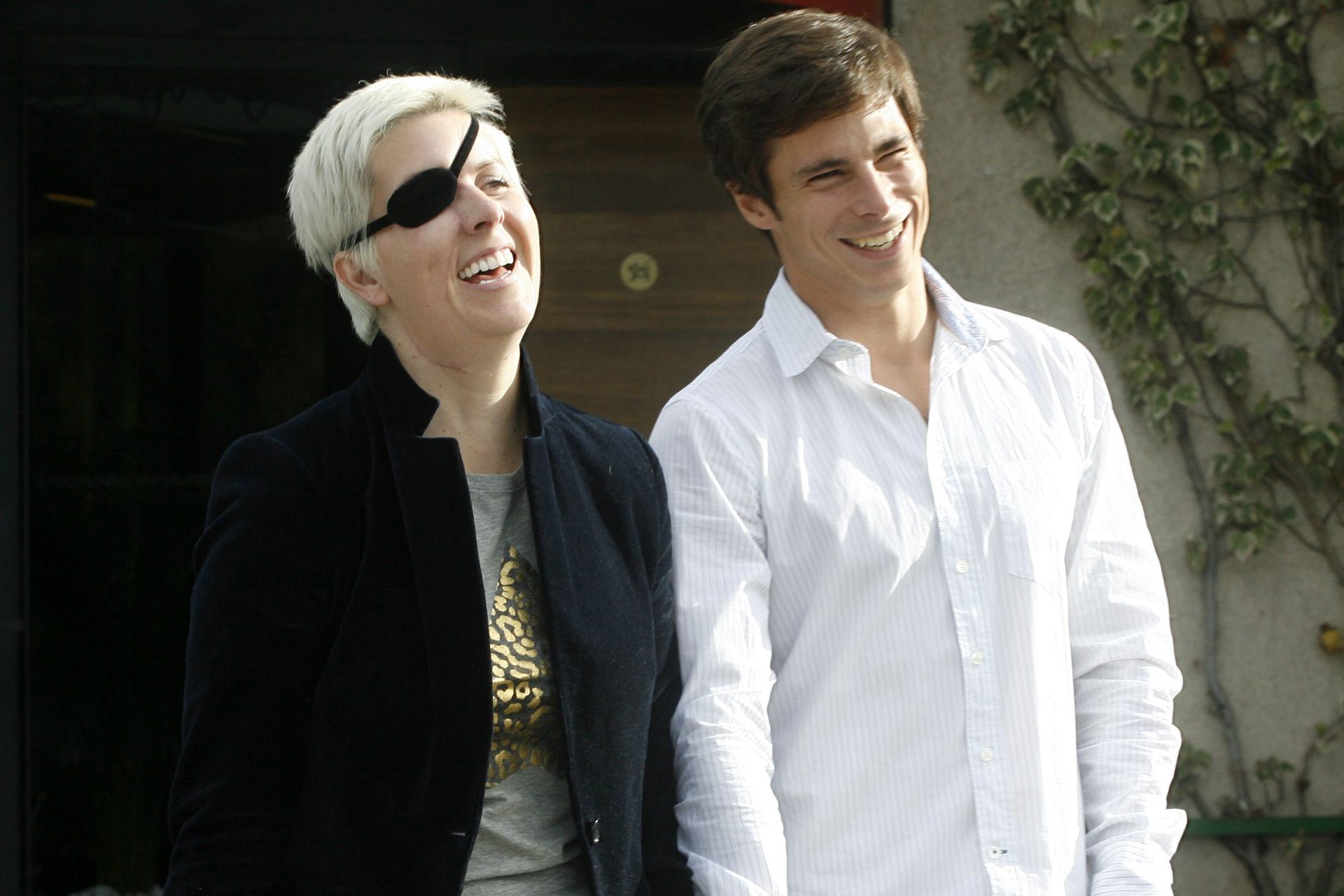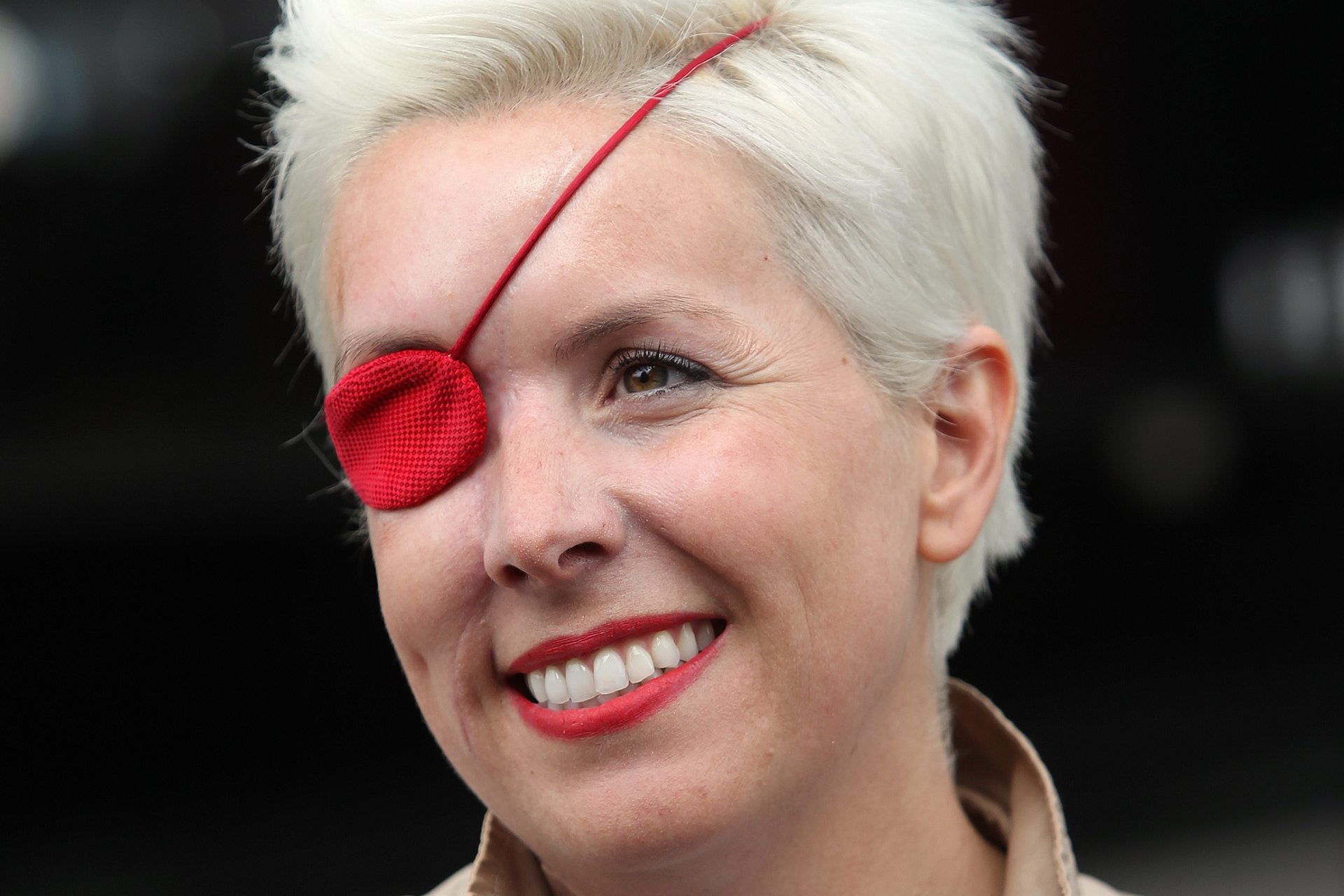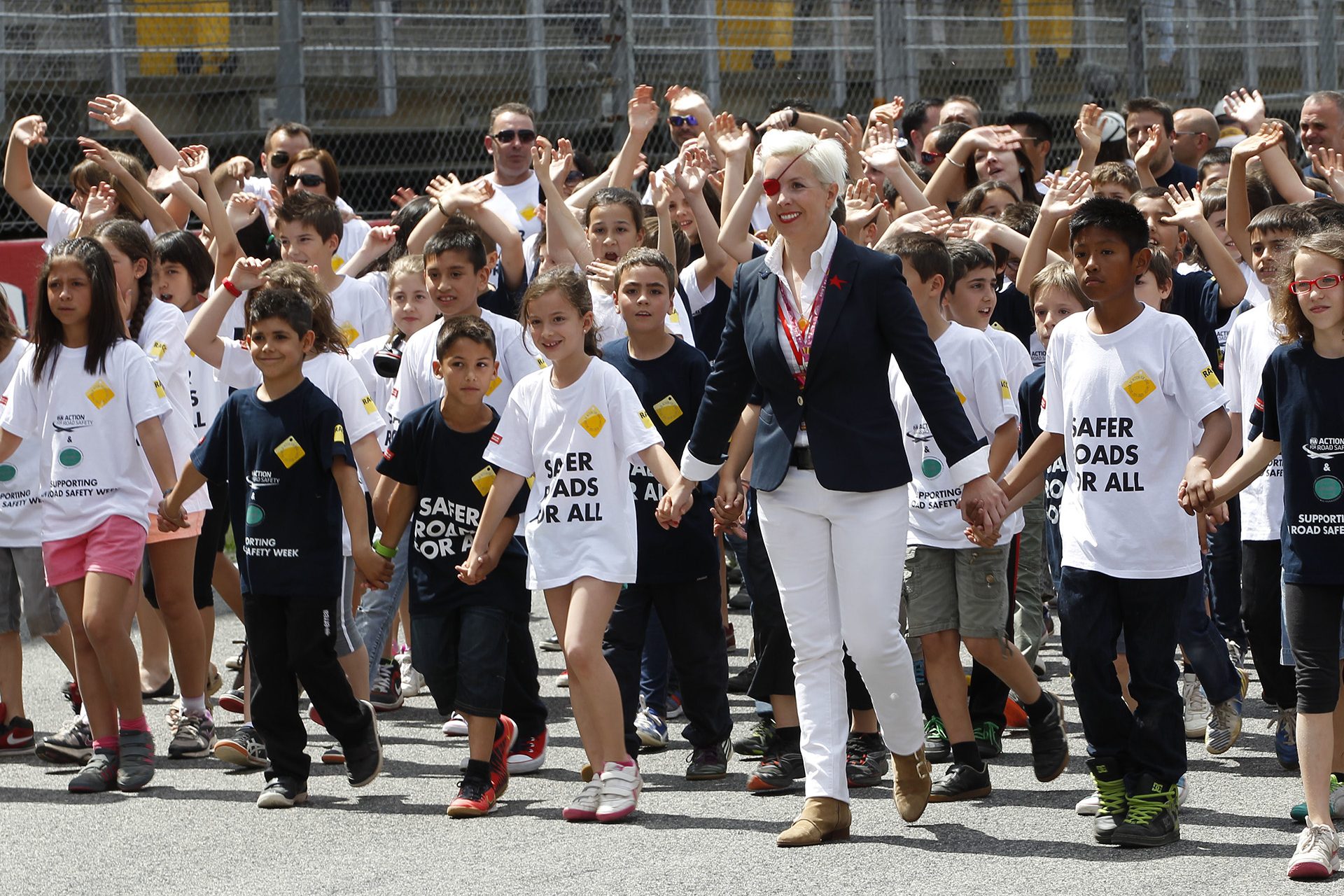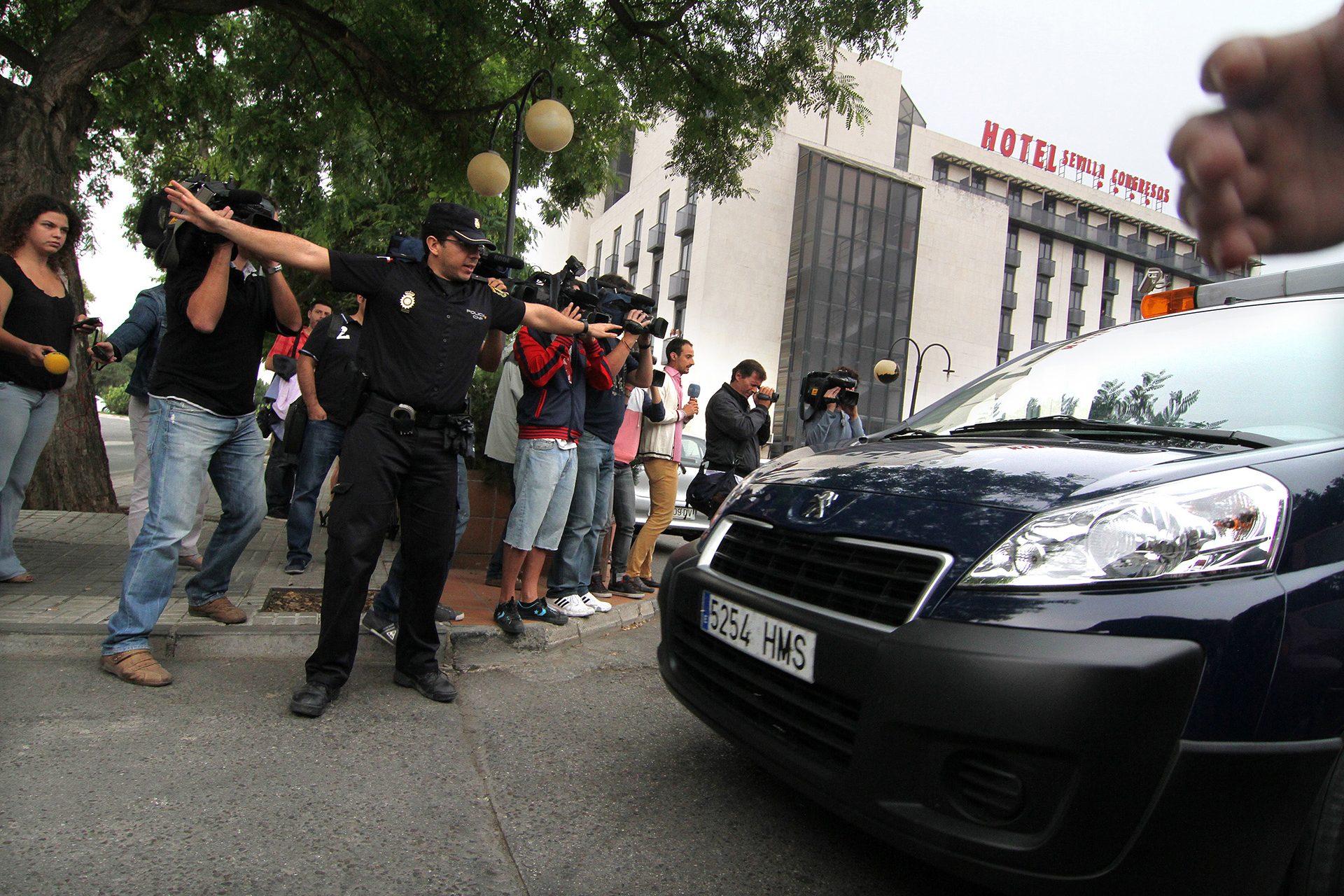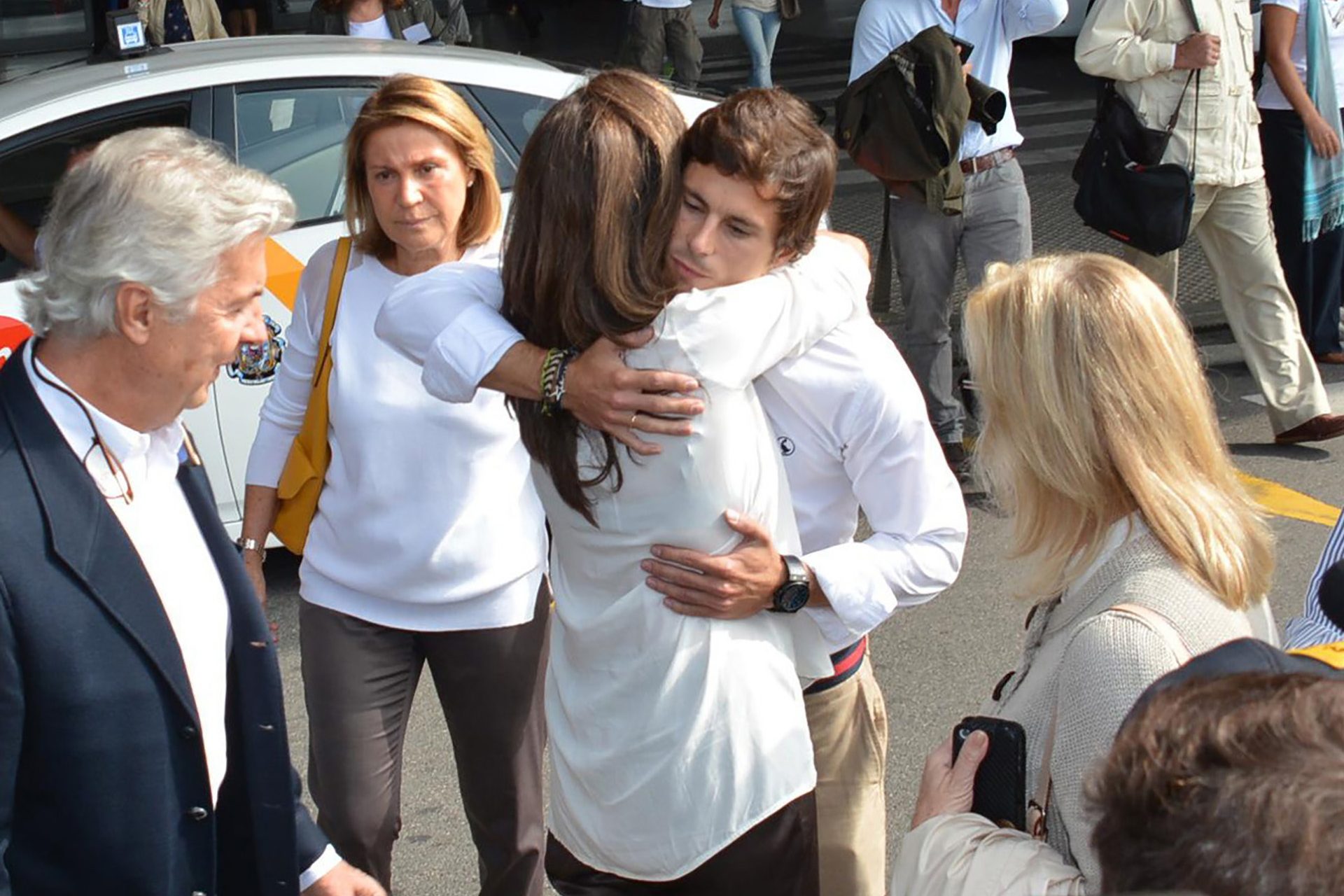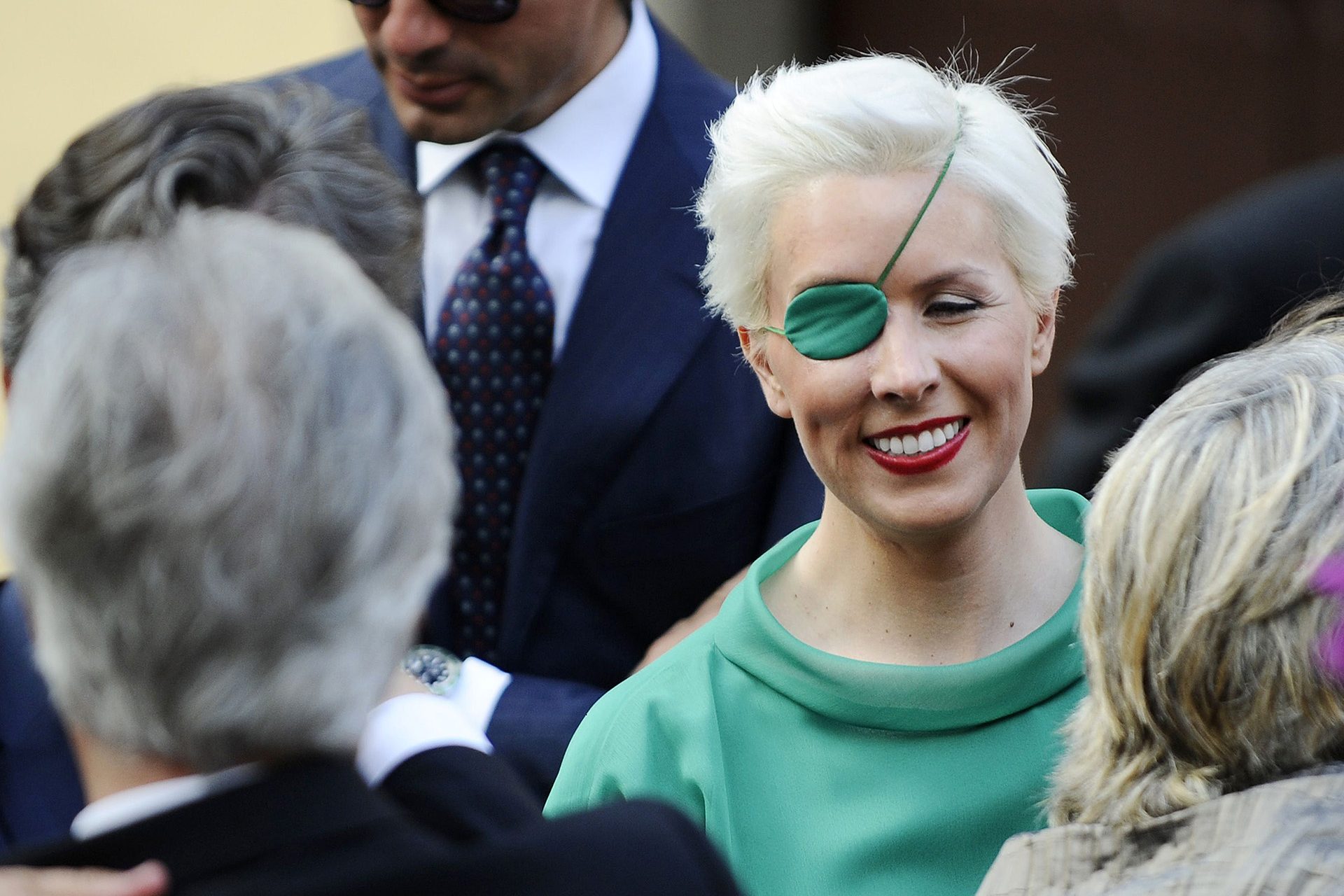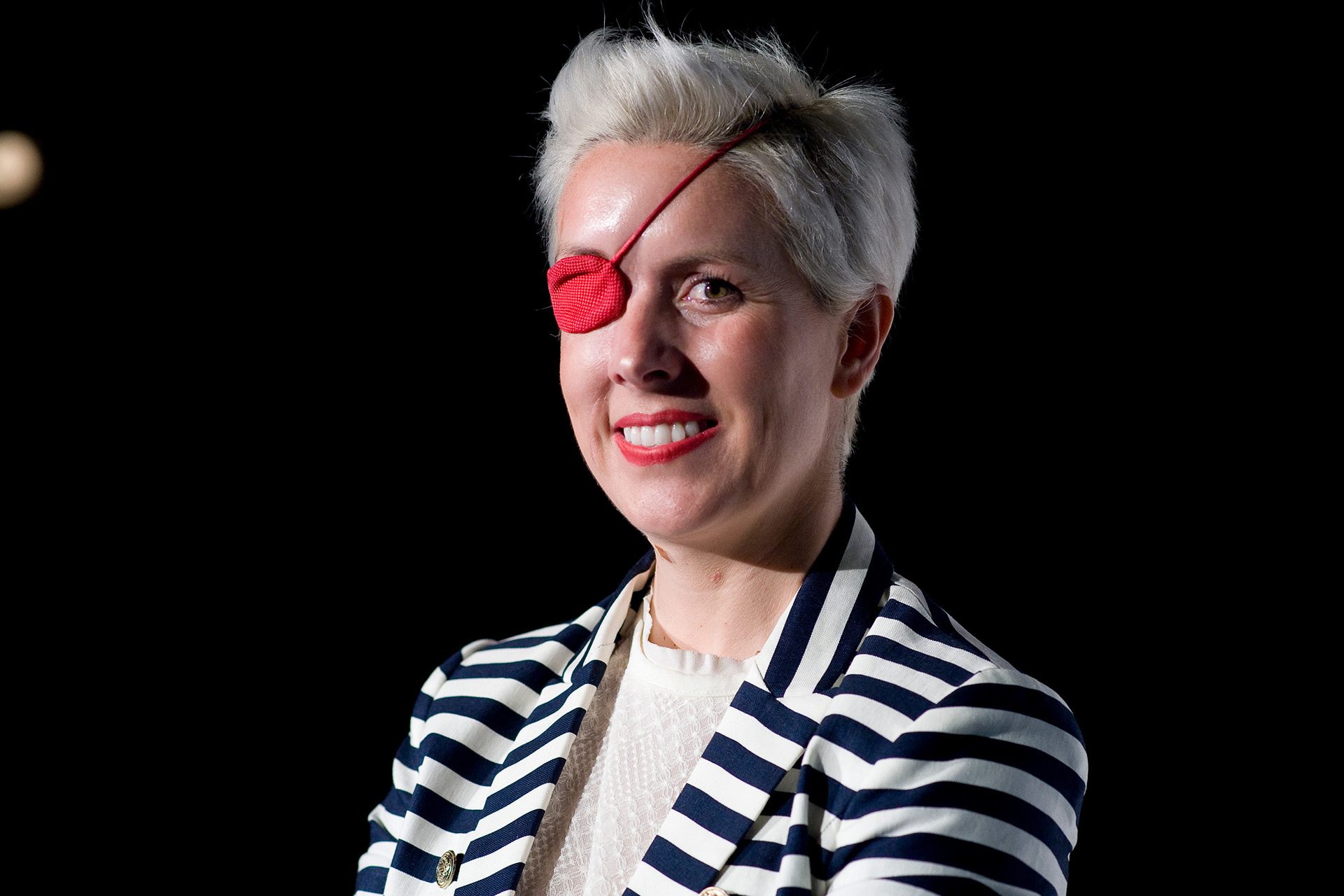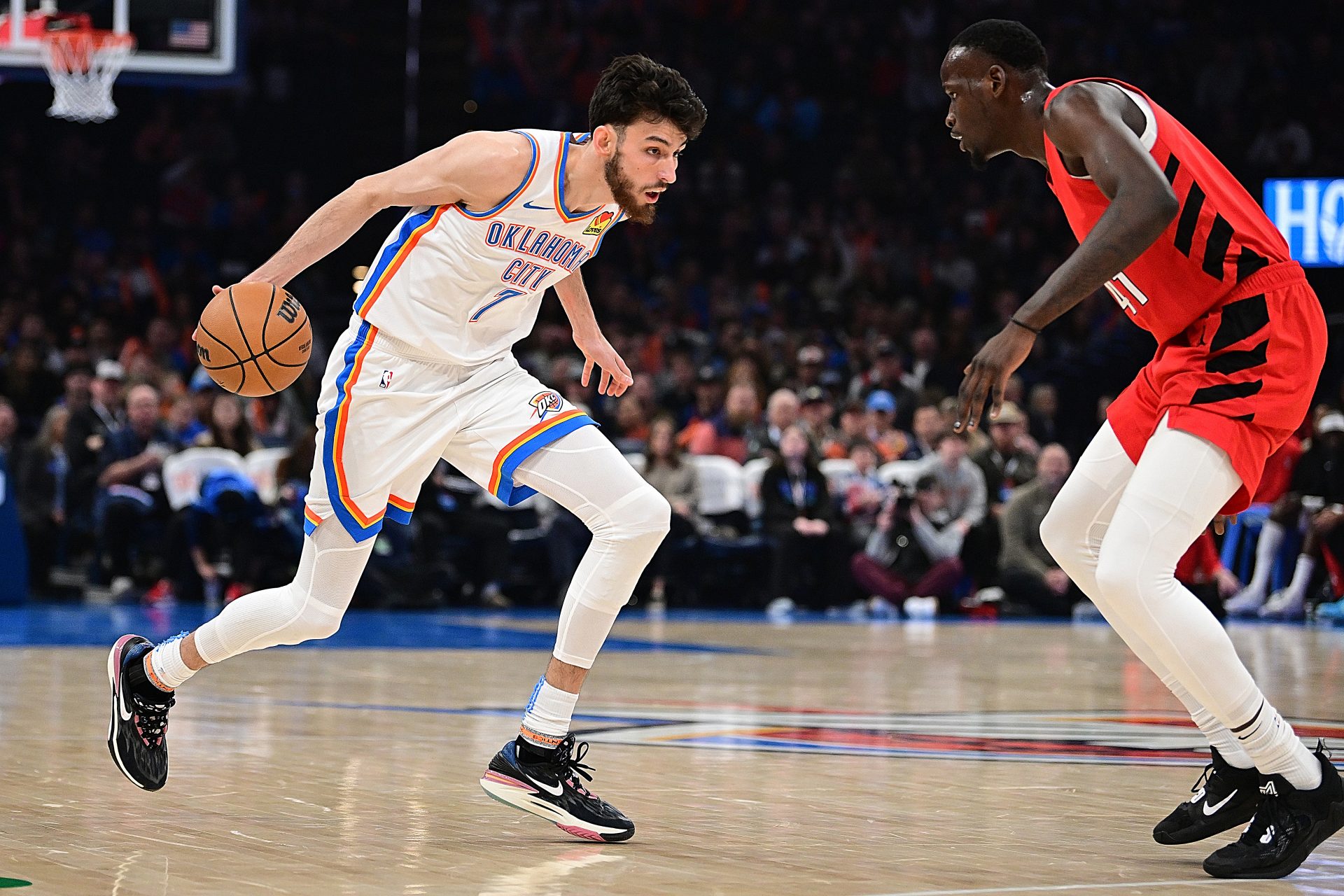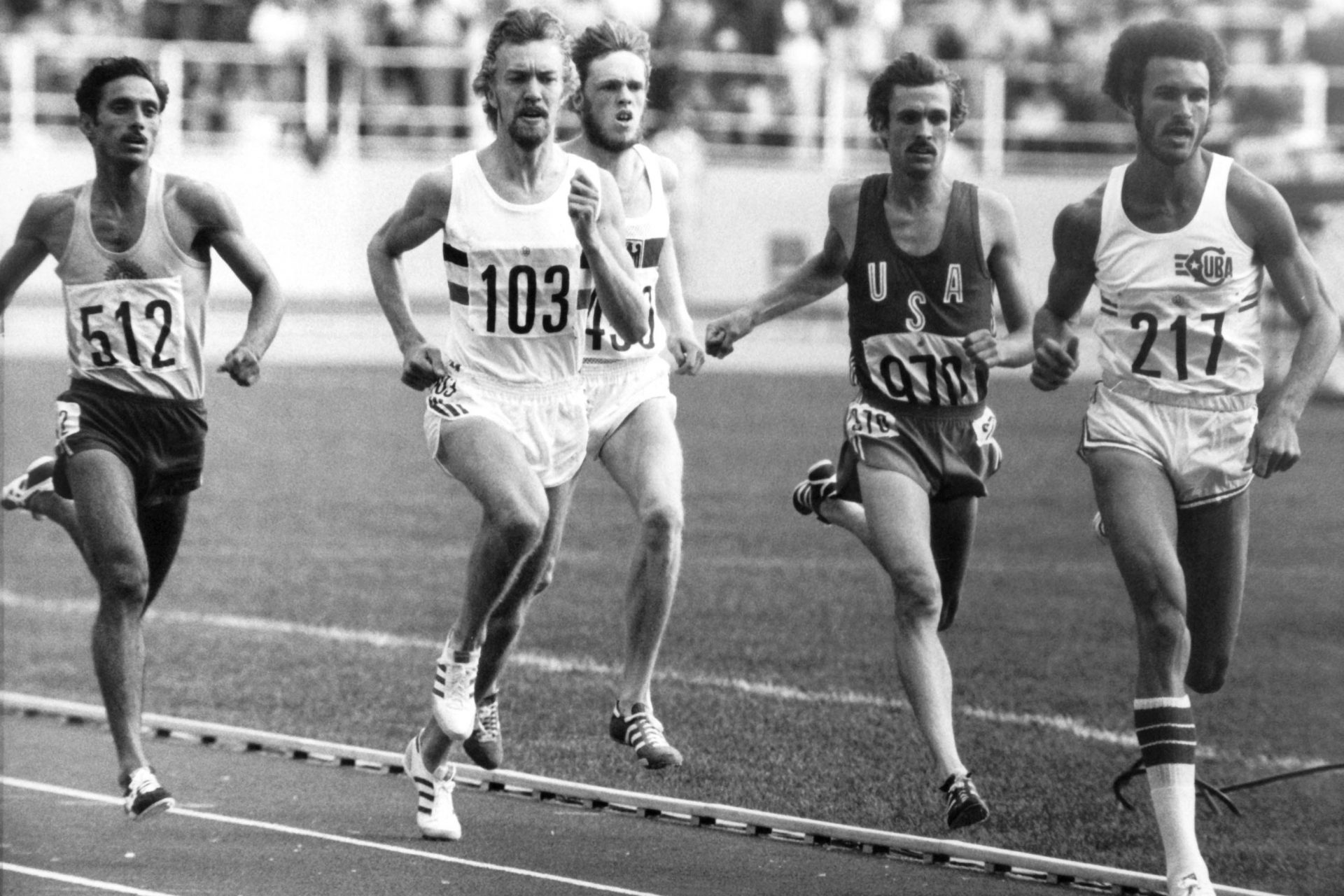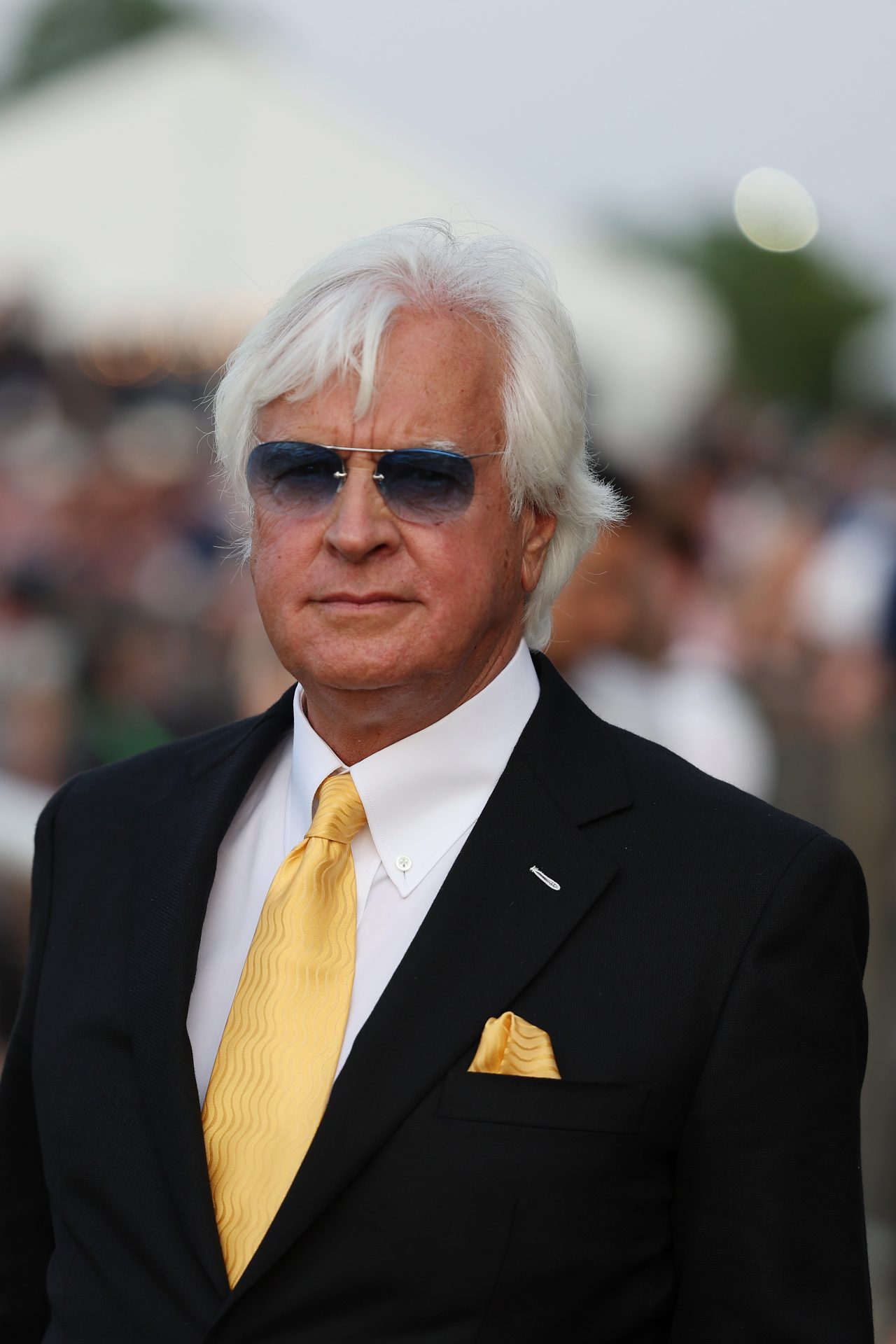The tragic death of racing star María de Villota at 33
María de Villota had motor racing in her blood. She was the daughter of former F1 driver Emilio de Villota and, from an early age, she became interested in this sport through a school created by her father. Her determination would later lead her to become a Formula 1 professional herself – but also to a tragic death that shocked her home country of Spain.
Maria de Villota competed in karting for the first time at the age of 16, before entering alongside her brother Emilio in the Movistar Young Driver selection program to participate in the Formula Toyota Castrol.
There the Spanish driver demonstrated her potential in joining the world of Formula 1. After passing the various organized tests, she reached the final and was selected as the program's reserve driver from a list of 1,500 candidates.
Between 1999 and 2005, de Villota debuted and competed in single-seaters in the Spanish Formula 3 Championship, racing for teams such as Skualo Competición, Meycom, GTA Motor Competición and Racing Engineering.
She would then start focusing on other events such as the 24 Hours of Daytona in 2005; the Hyundai 1,000 kilometers at the Jarama Circuit in 2006; the ADAC Procar in Germany in 2007; various GT races, and was even invited, in 2006 and 2007, to compete in the World Touring Car Cup (WTCR) rounds at the Valencian circuit 'Ricardo Tormo' in the World Touring Car Cup (WTCR).
But de Villota always had one goal in mind – Formula 1. So in 2008 she returned to the single-seaters to participate in a Euroseries 3000 race, replacing Matteo Cozzari. It was her first step towards the Formula 1 world.
Her dream was in touching distance in 2011, when she became a collaborator of the Renault F1 team, representing them in corporate events, and even participating in a test with them at the Paul Ricard circuit in France with a car from the 2009 season.
At the age of 32, on March 7, 2012, the Madrid-born driver was hired as a test driver for the Russian team Marussia. This was the beginning of a new and exciting phase in her career, but it wouldn't last long...
Four months later, she took her Marussia MR01 to the Duxford Airport circuit (Cambridgeshire, United Kingdom) for a test drive. Unfortunately, upon her return to the pits, a mechanical issue prevented her from coming to a complete stop and she suffered a serious crash.
The track was wet from rain and evidence shows that the anti-roll bar system of de Villota's car was not working properly, according to autosport.com, she was unable to brake properly and her car and head collided with a track tail-lift platform that had been left exposed.
A BBC journalist who witnessed the accident said the car was traveling at a speed of between 50 and 65 kilometers per hour at the time of impact and the consequences were terrible: injuries to the head and face, as well as the fact that it took an hour to extract de Villota from inside the vehicle, causing serious concerns she would emerge from the wreck alive.
In 2015, the BBC published a report on the accident by the Health and Safety Executive (HSE) which stated that, although the team was not responsible for the accident, the driver had not been given information on how to stop the car, as well as other vehicle systems such as a clutch that could not be operated while the steering was in full lock.
Thus, after completing two laps on the track, she entered the pits, and due to incorrect engagement of the gears and the anti-lock braking system of her car, De Villota was pushed against the truck.
At Addenbrooke's Hospital in Cambridgeshire, where she was transferred immediately after the accident, she underwent three operations, which together lasted more than 30 hours, and remained in a coma for five days before showing signs of improvement.
The impact of the accident was both physical and psychological. Luckily for her, she did not suffer any neurological damage, but lost her right eye and sense of smell, as well as the ability to perceive distances correctly – a crucial sense for competitive racing. Maria de Villota's F1 dream had come to a sad end.
In late November 2012, she underwent a new skull and eye reconstruction operation to start a new life away from racing. Always one to make the best out of any situation, de Villota emerged with a new signature look – a chic designer eyepatch.
From March 2013, she was responsible for the Single Seater Category of the FIA Drivers' Commission, alongside Karun Chandhok and Nigel Mansell.
The former driver would focus on other areas of her life and on 28 July 2013 she married her boyfriend Rodrigo García Millán – with whom she began her relationship shortly before the accident – in the city of Santander.
Graduating in Physical Activity and Sports Sciences, she was also responsible for the Emilio de Villota Pilots School, she would also become a Women's Day ambassador and an ambassador against domestic violence.
Over the course of 15 months, she focused on promoting road safety through conferences, helped children with neuromuscular and mitochondrial diseases through the Ana Carolina Díez Mahou Foundation and women in violent situations, and wrote a book titled 'La vida es un Regalo (Life is a gift)'.
However, tragedy would strike on October 11, 2013, when de Villota was discovered unresponsive in a hotel in Seville. The death was a huge shock as she was on a working trip, and was set to speak the following day at the Fundación lo que de Verdad Importa (Foundation of What Really Matters) and to promote her new book.
According to the autopsy, her death occurred from natural causes and as a consequence of the neurological injuries that María de Villota had suffered following the accident in the United Kingdom.
"It's not terrible or morbid: it's like life; incredible, surprising, hard and beautiful. This evening I got out of bed to tell her this. I got out of bed because, like many other nights, I feel a pain in my chest that my medicines can't soothe. So it's not just life that decides. I would say, based on my personal experience, that even dying is in some way deciding", she wrote in the introduction of her book.
Today de Villota's legacy lives on, and her fight to be part of the male-dominated Formula 1 world will never be forgotten. Who knows what she could have accomplished on the track if her time had not been tragically cut short?
More for you
Top Stories



